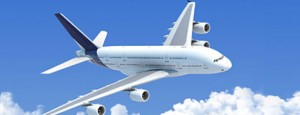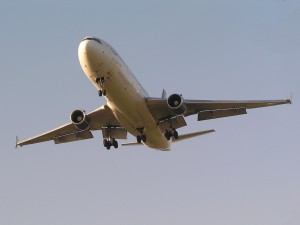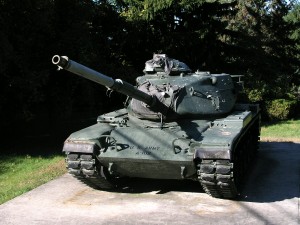
My colleague, Wally Hansen, and I have just released a new review paper that may be of interest to those of you in the aerospace industry.
As you know, aerospace has had decades of experience with metal bonding, sealing, and corrosion protection. However, many of these methods have not lent themselves well to automation, and they also generate environmental waste.
But new applications are emerging for atmospherically deposited nano coatings that can address these shortcomings. These nano coatings are formed by direct injection of select vapor chemistries into the plasma jet. Such molecular surface modifications yield long-term, environmentally stable interfaces for bonding.
Cleaning
Plasma surface treatment begins with a fine cleaning of the substrate to remove loosely bound organic contaminants (on metal oxide surfaces, the oxide layer is either removed or pre-conditioned for adhesion).
Atmospheric plasma jets provide a multi-faceted cleaning action. First, the charged species within the plasma neutralizes electrostatically bound particles. Next, a vortex of pressurized gas blows away unbound solids and oils. Finally, the substrate is bombarded by reactive gas plasma species.
Low molecule weight contaminants on the substrate surface are efficiently reduced into nascent compounds and removed from the material system. This final phase of cleaning takes place on the molecular scale.
Coating
After cleaning, a different plasma jet technology deposits a functional coating. The coating thickness is controlled by parameters such as distance to substrate and speed. Coatings have been developed that simultaneously provide adhesion promotion and corrosion protection of the bond line. Furthermore, some of these coatings act as reliable tie layers, effectively bridging contact between inorganic and organic systems. There is opportunity to replace liquid primers or otherwise laborious surface pre-treatments used in composite bonding.
So far, atmospherically deposited plasma coatings have demonstrated utility as a release layer, an adhesion promoter, or a corrosion barrier. In practice, the plasma-deposited nano coating combines with conventional protective top coats to amplify corrosion resistance and suppress ingress at damage sites.
The atmospherically deposited plasma coatings show substantial improvement in corrosion performance even at a thickness of less than 500 nm.
Conclusion
Atmospheric plasma cleaning and coating can offer significant advantages in surface preparation of metals and composite systems for bonding and sealing in the aerospace industry. The technology is scalable and amenable to automation as it enables high-throughput material processing.
Furthermore, some plasma implementations are able to combine multiple process steps into a single step while reducing waste and reducing operating costs – without compromising performance.
Recommend












Write a comment